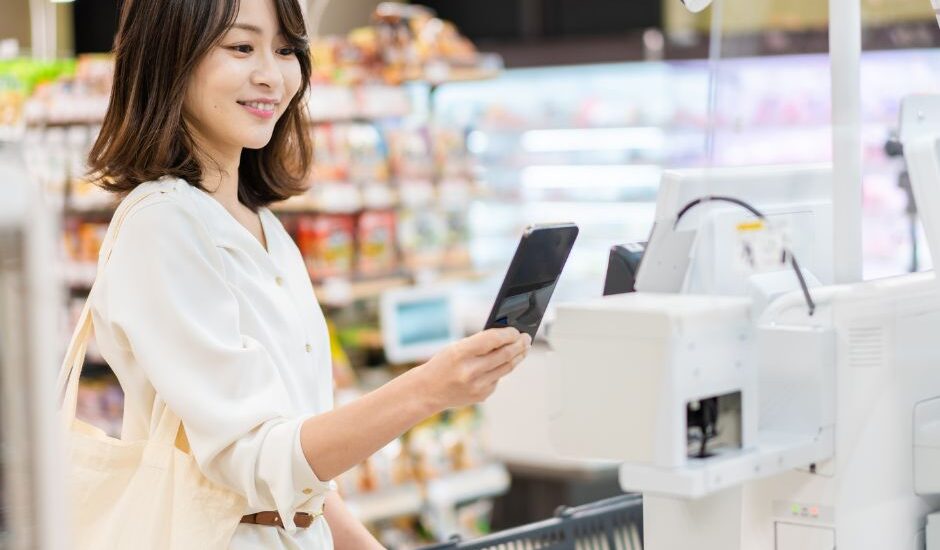If it’s your first time coming to Japan, you might wonder how much cash to bring for your touring and shopping needs or if other payment methods are available.

Although cash remains king in Japan (76 percent of transactions in 2021 are in cash), the popularity of cashless payments sharply rose during the coronavirus pandemic and after. According to the Financial Times, the number of coins in circulation in Japan has dropped, indicating that locals are ending their long-term relationship with the piggy bank.
Along with the continuous technological advancements in cashless payment methods, banks have increased their fees to deposit coins into accounts, pushing cash further down the preferred choice of payment.
In 2022, cashless transactions accounted for 36 percent of all consumer payments in Japan, compared to 15 percent a decade earlier. This shows that other forms of payment, such as credit cards and electronic payment services, are more accepted in commercial establishments.
Cashless options
In Japan, there are many cashless options available in addition to the typical credit card. You will find the other choices more convenient to use, especially if they’re already available in your home country. Japan is also steadily progressing in introducing electronic money or apps that are popular abroad to boost tourist spending.

A quick way to confirm what payment method is available at a certain shop is to head over to the cashier or check-out station and look at the poster or sticker with many logos. You will often find them categorized as credit or debit cards, QR codes, Digital Wallets, Transportation Electronic Money (IC cards), or Electronic Money.
For credit or debit cards, the service providers are usually Visa, Mastercard, JCB, American Express, Diners Club, Discover, and Union Pay. So, if your credit card has any of these logos, you can pay using your card and choose whether to transact in your local currency or Japanese yen, which will then be converted to your local currency by your bank.
QR code payments like PayPay, Line Pay, R Pay, D Pay, WeChat Pay, and Alipay are all about contactless payments, which can be done by using your smartphone app to scan a code. These apps are usually linked to your credit card or topped up through your debit card. QR code payments are convenient, secure, and versatile. Plus, these apps are quite generous with their perks and point conversion systems and can be used to pay other things like utility bills, taxes, and so on.
Meanwhile, Digital Wallets are basically your credit or debit cards in virtual form. For example, Apple users can link their credit cards to their digital wallets and can pay by holding their phones close to the device reader without swiping or inserting their physical cards. Popular digital wallets accepted in Japan are ID, QuicPay, Apple Pay, and Google Pay.
Did you know that your Pasmo or Suica card, which you use for transportation, can be used at certain shops in Japan? Most convenience stores accept IC cards as a mode of payment.
Lastly, electronic money like Nanaco, R Edy, and Waon are prepaid-type methods that require a balance in your wallet to pay.

So why go cashless when cash is still king? Well, coins you receive as change can quickly pile up and add extra weight to your wallet. Plus, you spend extra time counting them when you have to pay. Convenience and a lighter wallet are why many prefer going cashless.
Of course, if your itinerary includes non-tourist, somewhat secluded areas, it is still advised to bring cash with you because shops and restaurants might not have adopted other modes of payment.
If you live in Japan, chances are you have more than one preferred mode of payment, mainly because of the perks tied to each option. For example, you can accumulate points at any 711 convenience store and affiliated shops when using Nanaco, or participating restaurants have discounts and freebies when using PayPay to pay. Nanaco points can even be redeemed for ANA air miles.
These promotions are also plastered near the check-out station, so keep an eye out for them when shopping. These points might seem small at first, but being able to fully pay for your future purchase using only points is quite satisfying.
If you like to get the most out of each payment transaction, you can take things up a notch and check if your credit card provider has ongoing promotions, like earning double points when shopping abroad or earning miles when using your card in countries like Japan. Also, keep a lookout for other modes of payment in your country that are expanding globally, as these often come with extra benefits.
It’s reassuring to know that you have many options and backups when it comes to paying in Japan. With that in mind, you can enjoy culture immersion, shopping, and eating to the fullest!



